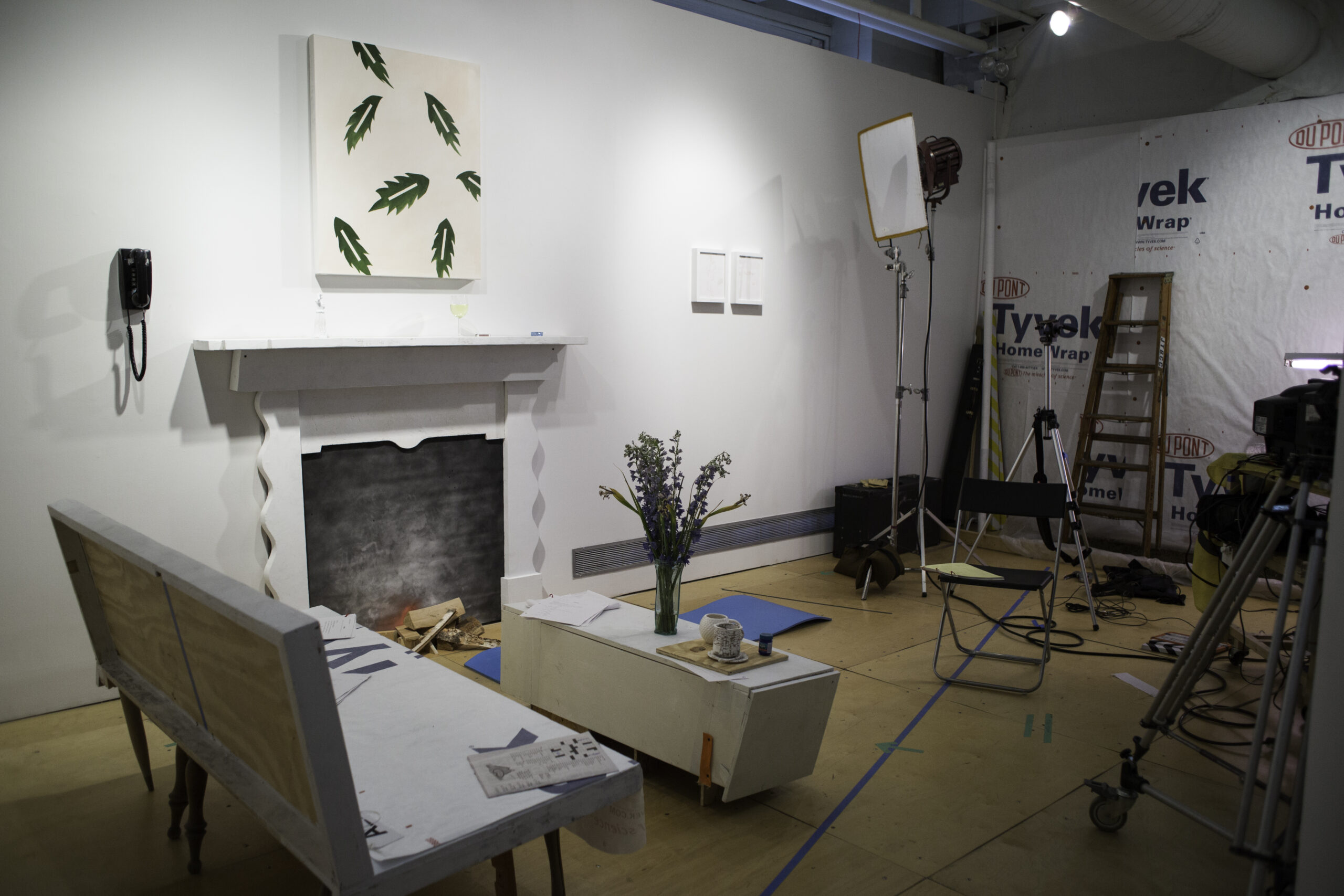Art & Art History
That ’s the First Place They ’ll Look: 2014 MFA Thesis Exhibition 04

Gallery 400
400 South Peoria Street, Chicago, IL 60607
Jordan Anderson, David Bodhi Boylan, Kyle Schlie, and Jenyu Wang.
The fourth in a series of five UIC MFA Thesis Exhibitions in Studio Arts, Photography, Moving Image, and New Media Arts.
When an actor experiences high motivation for two or more conflicting behaviors, the resulting displacement activity is usually unrelated to the competing motivations. Birds, for example, may peck at grass when uncertain whether to attack or flee from an opponent; similarly, a human may scratch his or her head when they do not know which option to choose. In such settings, the artists in That ’s the First Place They ’ll Look construct self-defined systems for analyzing aspects of our perverse and absurd experience.
Jordan Anderson is an artist who draws inspiration from the essential absurdness and idiosyncratic nature of experience and environment. He creates work that distills this essence into open ended, loosely woven narrative work that invites the viewer to insert themselves into the work.
David Bodhi Boylan‘s work is sustained by an awareness of the human condition, as displayed in the elevation of banal, everyday materials to the status of significant subjects of artistic intervention and tools for the rejection and acknowledgment of material and cultural consumption.
As the COO of the J.T. Baker Chemical Company, Kyle Schlie is working to uphold the mission of the company as a service entity to the contemporary multi-dimensional organization by offering printing, consulting, planning, research, sponsorships, catering, and art support.
Duration is the most prominent performing agent in Jenyu Wang‘s work. Through contextualization and synchronization, Jenyu explores the interconnections between sculptural objects and moving image. An interdisciplinary artist, Jenyu utilizes different embodiments of time contained in static objects, photography, and video to create installations about fleeting yet destructive moments in the psychology of the everyday.